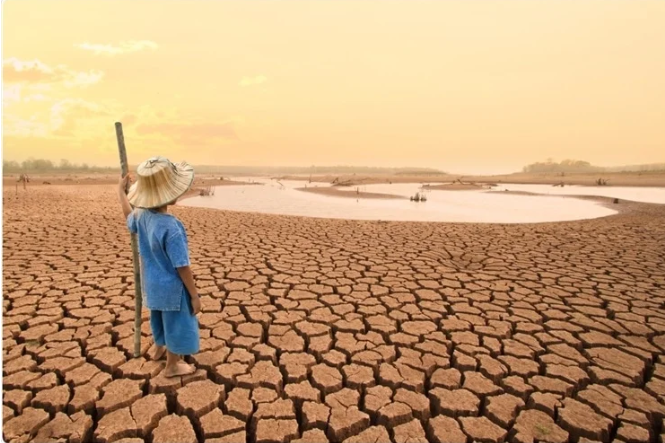When it comes to your retirement savings, climate risk is something you can’t afford to ignore.
Extreme weather events are becoming more frequent and more intense, and that means they’re taking a bigger toll on our economy. In fact, natural disasters cost the Australian economy an estimated $38 billion per year, and this is expected to get beyond $73 billion by 2060.
And as we all know, what’s bad for the economy is bad for our superannuation.
So how can you protect your retirement savings from the impact of climate risk? There are a few things you can do:
1. Diversify your investments
The first and most important thing you can do is to diversify your investments. That means not putting all your eggs in one basket and instead investing in a mix of assets, including cash, shares, property, and fixed interest.
By spreading your investments across different asset classes, you’ll be less exposed to any one particular sector or industry. And that means you’ll be better protected if there’s a downturn in any one area of the market.
While investing in a mix of assets won’t completely eliminate risk, it will help to reduce it. Before making any investment decisions, it’s important to speak to a financial adviser to get professional advice that’s tailored to your circumstances.
2. Review your asset allocation
Your asset allocation is the mix of assets you hold in your investment portfolio. The right asset allocation for you will depend on things like your age, investment goals, and risk tolerance.
As you get closer to retirement, you may want to consider shifting some of your investments into less volatile assets such as cash and fixed interest. This is because you’ll have less time to recover from any market downturns.
On the other hand, if you’re still a few years away from retirement, you may be able to afford to take on more risk. This is because you’ll have more time to ride out any market volatility.
2. Consider environmental, social, and governance (ESG) factors
When making investment decisions, consider environmental, social and governance (ESG) factors. These are factors that can affect a company’s long-term performance, and they’re becoming increasingly important to investors.
ESG factors can include things like a company’s carbon emissions, employee relations, and how it manages environmental risks.
More and more superannuation funds are incorporating ESG factors into their investment decision-making process. So if you’re looking to invest in a fund that takes these factors into account, make sure you do your research and compare a few different options.
3. Keep an eye on the news
Keep up to date with the latest news and developments in relation to climate risk. This will help you make informed investment decisions and understand how climate risk might affect your superannuation.
There are a number of ways you can stay informed, including reading the business section of your local newspaper, following financial news outlets on social media or subscribing to investment-related newsletters.
By being across the latest news and developments, you’ll be in a better position to make decisions about your superannuation and protect your retirement savings from climate risk.
4. Speak to your financial adviser
If you’re concerned about how climate risk might affect your superannuation, it’s a good idea to speak to your financial adviser or explore professionals who provide superannuation advice in Australia. They can provide you with expert advice that’s tailored to your specific circumstances.
Your financial adviser can help you understand the risks involved and make recommendations about how to best protect your retirement savings. They can also help you keep an eye on the market and monitor your investments.
All this means you can have peace of mind knowing your retirement savings are in good hands.
5. Review your insurance
If you have insurance through your superannuation, it’s important to review your cover on a regular basis. This is because your needs and circumstances can change over time.
For example, if you’re worried about how climate risk might affect your ability to work, you may want to consider increasing your income protection cover. This will provide you with a replacement income if you’re unable to work due to illness or injury.
You may also want to consider increasing your life insurance cover. This will provide financial protection for your loved ones in the event of your death.
If you’re not sure whether you have the right level of insurance cover, it’s a good idea to speak to your financial adviser. They can help you assess your needs and make sure your cover is adequate.
The bottom line
Climate risk is a real and growing threat to investments, including superannuation. But by taking some simple steps, you can help protect your retirement savings from this risk.





























